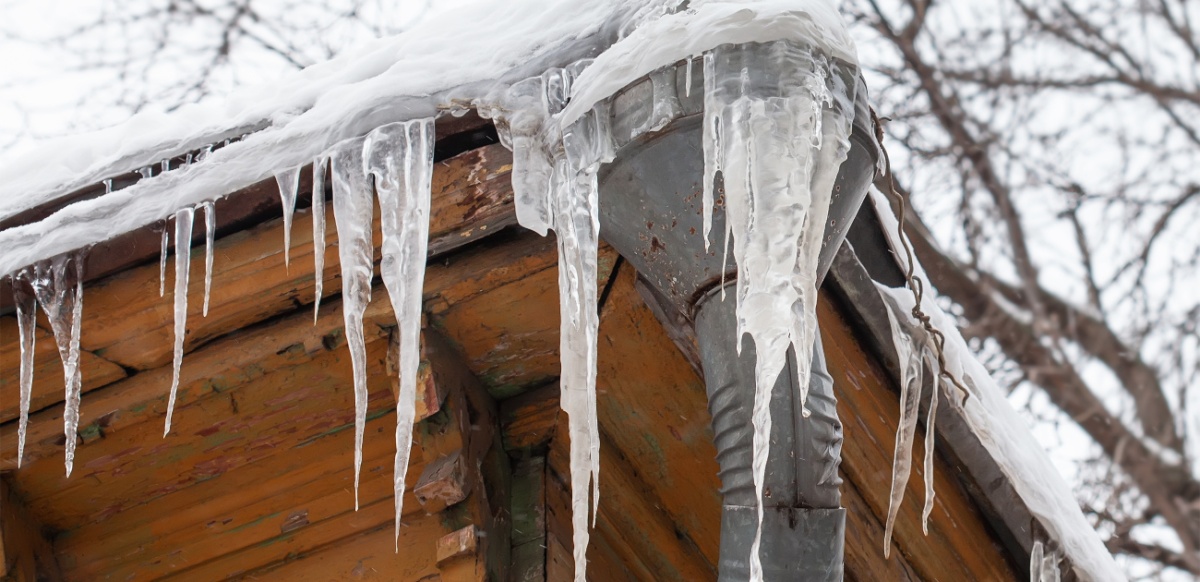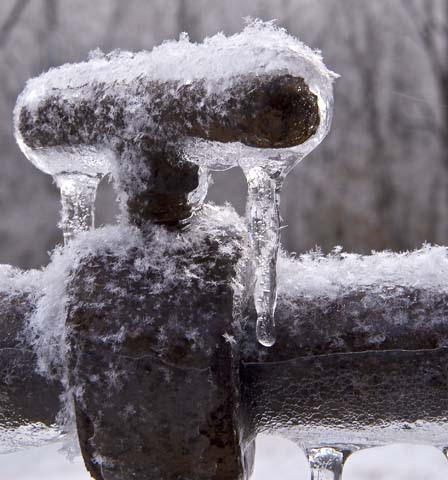Crucial Advice to Avoid Frozen Pipes in Cold Weather
Crucial Advice to Avoid Frozen Pipes in Cold Weather
Blog Article
The article author is making a number of good pointers relating to How to prepare your home plumbing for winter weather in general in this great article in the next paragraphs.

Cold weather can wreak havoc on your plumbing, especially by freezing pipes. Below's how to stop it from taking place and what to do if it does.
Introduction
As temperatures decline, the risk of frozen pipelines increases, possibly leading to expensive repairs and water damages. Comprehending just how to prevent frozen pipelines is critical for house owners in cool environments.
Understanding Icy Pipes
What causes pipes to freeze?
Pipes ice up when subjected to temperature levels listed below 32 ° F (0 ° C) for extended durations. As water inside the pipes ices up, it increases, putting pressure on the pipe walls and possibly creating them to break.
Dangers and damages
Frozen pipelines can lead to water disturbances, home damage, and pricey repairs. Burst pipes can flood homes and create considerable structural damage.
Signs of Frozen Piping
Determining icy pipelines early can avoid them from rupturing.
How to recognize frozen pipes
Search for reduced water flow from faucets, uncommon odors or noises from pipelines, and visible frost on revealed pipelines.
Avoidance Tips
Protecting susceptible pipes
Cover pipelines in insulation sleeves or use warmth tape to shield them from freezing temperatures. Concentrate on pipes in unheated or outside areas of the home.
Home heating strategies
Keep interior areas effectively heated, especially locations with plumbing. Open up closet doors to enable cozy air to circulate around pipelines under sinks.
Shielding Outdoor Plumbing
Yard hoses and outdoor taps
Separate and drain pipes garden tubes prior to winter season. Mount frost-proof spigots or cover outside taps with shielded caps.
What to Do If Your Pipelines Freeze
Immediate actions to take
If you believe frozen pipelines, maintain taps available to ease pressure as the ice melts. Utilize a hairdryer or towels taken in hot water to thaw pipes slowly.
Long-Term Solutions
Structural adjustments
Take into consideration rerouting pipes away from outside wall surfaces or unheated areas. Add extra insulation to attic rooms, cellars, and crawl spaces.
Updating insulation
Purchase top quality insulation for pipes, attic rooms, and walls. Appropriate insulation aids keep constant temperatures and reduces the risk of icy pipelines.
Verdict
Preventing icy pipelines requires proactive measures and fast reactions. By understanding the reasons, signs, and preventive measures, property owners can shield their plumbing during winter.
6 Proven Ways to Prevent Frozen Pipes and Protect Your Home
Disconnect and Drain Garden Hoses
Before winter arrives, start by disconnecting your garden hoses and draining any remaining water. Close the shut-off valves that supply outdoor hose bibs and leave the outdoor faucet open to allow any residual water to drain. For extra protection, consider using faucet covers throughout the colder months. It’s also important to drain water from any sprinkler supply lines following the manufacturer’s directions.
Insulate Exposed Pipes
Insulating your pipes is an effective way to prevent freezing. Pipe insulation is readily available at home improvement stores and is relatively inexpensive. Pay close attention to pipes in unheated areas such as the attic, basement, crawl spaces, or garage. Apply foam insulation generously to create a buffer against the cold. You can also wrap your pipes in heat tape or thermostat-controlled heat cables for added warmth.
Seal Air Leaks
Inspect your home for any cracks or openings that could let in cold air. Seal any holes around the piping in interior or exterior walls, as well as the sill plates where your home rests on its foundation. Additionally, make sure to keep your garage door closed unless you’re entering or exiting. Leaving it open creates a significant air leak that can lead to frozen pipes.
Allow Warm Air Circulation
During cold snaps, it’s essential to allow warm air to circulate evenly throughout your home. Leave interior doors ajar to promote better airflow. Open kitchen and bathroom cabinets to help distribute heat consistently around the rooms. If you have small children or pets, be sure to remove any household chemicals or potentially harmful cleaners from open cabinets for safety.
Let Faucets Drip
A small trickle of water can make a big difference in preventing ice formation inside your pipes. When temperatures drop significantly, start a drip of water from all faucets served by exposed pipes. This continuous flow helps prevent the water from freezing. Additionally, running a few faucets slightly can relieve pressure inside the pipes, reducing the chances of a rupture if the water inside does freeze.
https://choateshvac.com/6-proven-ways-to-prevent-frozen-pipes-and-protect-your-home/

As a serious reader on 6 Ways to Prevent Frozen Pipes, I was thinking sharing that short article was really useful. Be sure to take the opportunity to promote this blog posting if you enjoyed reading it. Many thanks for your time. Come back soon.
Instant Quote Report this page